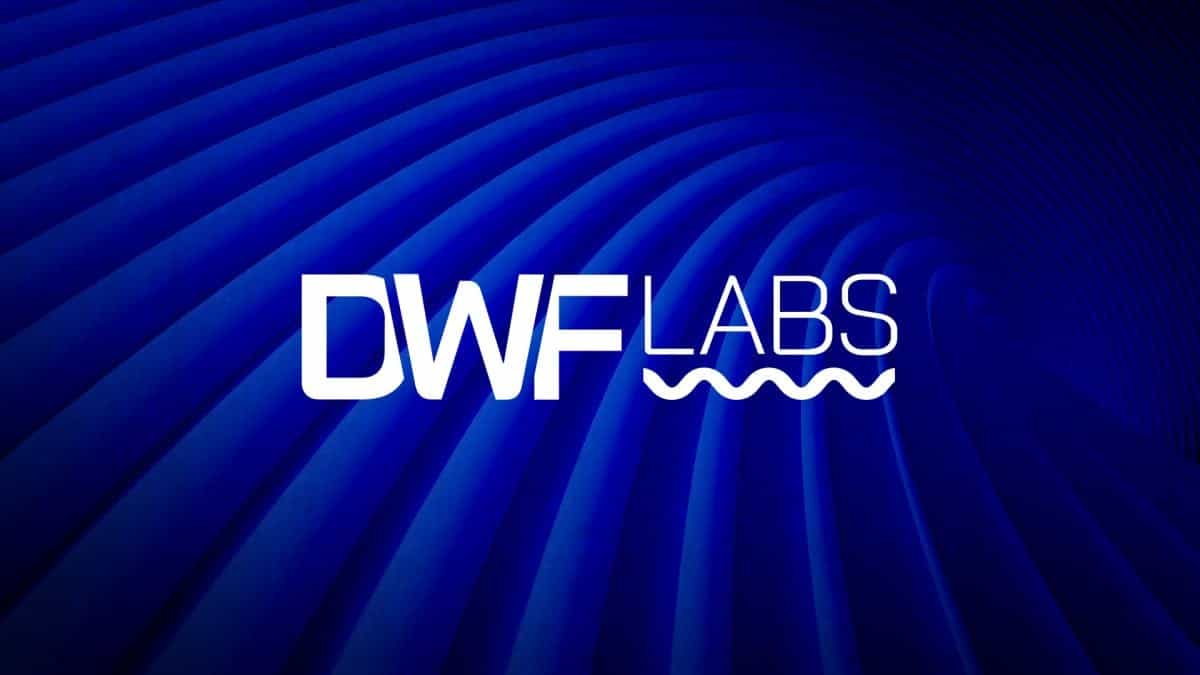What is Cosmos and how does it work? A beginner's guide to ATOM


Cosmos is a decentralized network that aims to solve the scalability and interoperability issues faced by many blockchain networks.
In this beginner's guide, we will explore what Cosmos is, how it works, and why it is gaining traction in the cryptocurrency world. So, let's dive in and learn more about this digital currency.
What is Cosmos ?
Cosmos is a blockchain ecosystem, often referred to as the "Internet of Blockchains." The ecosystem comprises hundreds of different blockchains that are all able to link with each other and easily swap tokens between each other.
All of the blockchains are built on the open-source Cosmos technology, which is made available through a software development kit. This approach minimizes complexity and offers developers the flexibility to add any features they desire. The kit provides common functionalities like staking and governance.
Plus, many of them use the Inter-Blockchain Communication protocol, to ensure secure communication between blockchains. This is what enables messages and tokens to be sent between chains.
Cosmos Hub: ATOM in the Cosmos Network
Delving deeper into the Cosmos ecosystem, the Cosmos Hub holds a unique position.
It serves as the primary hub in the network where each new zone, or decentralized blockchain application, is linked. The Cosmos Hub  ATOM
-1.53%
, the first blockchain launched on the Cosmos network, maintains a record of each zone's state and vice versa, allowing for seamless interaction and communication between zones. Each zone is autonomous and capable of executing functions such as authenticating accounts and transactions, creating and distributing new tokens, and making blockchain changes.
ATOM
-1.53%
, the first blockchain launched on the Cosmos network, maintains a record of each zone's state and vice versa, allowing for seamless interaction and communication between zones. Each zone is autonomous and capable of executing functions such as authenticating accounts and transactions, creating and distributing new tokens, and making blockchain changes.
Many chains in the Cosmos ecosystem are focused on specific use cases. For instance, Osmosis primarily serves as a decentralized exchange — although it has upcoming competition as dYdX launches its own Cosmos-based chain.
The Cosmos Hub also facilitates interoperability with other proof-of-work blockchains, like Bitcoin and Ethereum, through bridges. This connectivity extends to blockchains that may not necessarily meet the requirements of the Cosmos protocol.
The native cryptocurrency, ATOM, is instrumental in the Cosmos Hub. Network participants can stake ATOM, earning rewards and potentially becoming validator nodes. Validators power the blockchain and vote on changes. The more ATOM staked, the higher the voting power for the validators. Users can delegate their tokens to validators, promoting honest performance. They can switch between validators, depending on their voting preferences, offering flexibility.
Other blockchains can also draw on Cosmos Hub's security using a feature called Replicated Security. This allows them to launch without their own set of validators.
What is IBC?
The Inter-Blockchain Communication protocol is a core feature of the Cosmos ecosystem, developed to facilitate communication, data transfer, and interoperability between independent blockchains. Unlike traditional blockchains that function in isolation, the IBC bridges the connectivity gap by empowering these chains to communicate and exchange messages in a standardized manner.
IBC's design emphasizes modularity, making it a general-purpose protocol. This means that even blockchains outside the Cosmos ecosystem can implement IBC, granting them interoperability with other IBC-enabled chains. This is particularly impactful in the realm of decentralized finance applications, which often necessitate interactions across several chains.
The structure of the Cosmos network comprises "hubs" and "zones." Hubs, such as the Cosmos Hub, serve as central blockchains that can interface with multiple zones, which are other individual blockchains. IBC enables the seamless transfer of tokens and data between these zones and hubs. A key advantage is that it leverages the inherent security of the individual blockchains. This ensures the secure exchange of information, with the assurance that the compromise of one chain doesn't risk the security of the others.
A fundamental component that makes IBC efficient is its utilization of light client verification. When two chains wish to communicate, there's no need to validate the entire counterpart's state. Instead, they use light clients, which are streamlined versions of a blockchain node, to authenticate cryptographic proofs tied to transactions on the opposite chain. IBC's protocol involves the transmission of packets between chains. While it standardizes how these packets are sent and received, it leaves the specifics of their handling to the individual chains, providing them a degree of autonomy and flexibility.
Disclaimer: This article was produced with the assistance of OpenAI’s ChatGPT 3.5/4 and reviewed and edited by our editorial team.
© 2023 The Block. All Rights Reserved. This article is provided for informational purposes only. It is not offered or intended to be used as legal, tax, investment, financial, or other advice.



